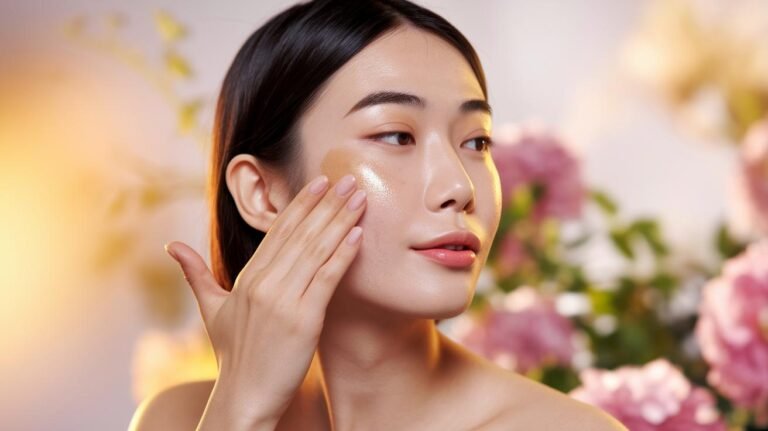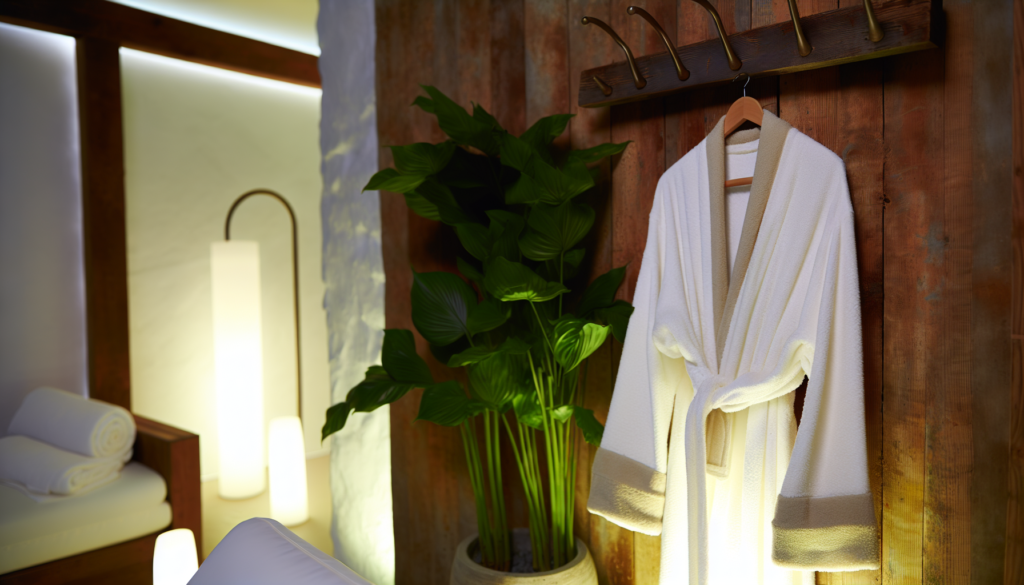Navigating the world of skincare can feel like walking a tightrope, especially when you’re dealing with combination skin. One day your T-zone is shining like a spotlight, and the next, your cheeks feel parched enough to crack. Finding the right balance isn’t just about picking random products—it’s about understanding your skin’s unique needs and creating a routine that addresses both the oily and dry areas without triggering more problems. If you’ve been struggling with combo skin, take heart. You’re not alone, and with the right approach, you can achieve that coveted balanced, healthy glow that doesn’t require blotting papers by noon or extra moisturizer by dinner.
Understanding Combination Skin: The Best of Both Worlds?
Combination skin is exactly what it sounds like—a mix of skin types across different facial zones. Typically, the T-zone (forehead, nose, and chin) tends to be oily, while the cheeks and other areas might be normal to dry. The tricky part? You’re essentially treating two different skin types simultaneously.
Why does this happen? Several factors contribute:
Understanding your particular combination is the first step toward developing an effective routine. Does your skin tend toward more oily than dry? Or vice versa? Maybe it changes seasonally? These observations will help you fine-tune your approach.
The Perfect Morning Routine for Combination Skin
Mornings set the stage for how your skin behaves throughout the day. A thoughtful AM routine helps balance oil production while ensuring adequate hydration for drier areas.
Step 1: Gentle Cleansing
Start with a pH-balanced cleanser that removes overnight oil buildup without stripping your skin. Gel or foam cleansers often work well for combination skin—they’re effective enough for oily areas but won’t overly dry out the rest of your face.
Look for ingredients like:
Lukewarm water is your friend here—hot water stimulates oil glands and can worsen both oiliness and dryness.
Step 2: Balancing Toner
Forget the astringent, alcohol-heavy toners of yesteryear. Modern toners for combination skin focus on balancing and prepping.
A good combo skin toner might contain:
Apply more generously to dry areas and more sparingly on oily zones.
Step 3: Targeted Treatments
This is where you can get specific about addressing different areas. Consider using:
The key is precision application rather than slathering everything everywhere.
Step 4: Moisturize Strategically
Contrary to popular belief, even oily areas need moisturizer—skipping it can actually trigger more oil production as your skin tries to compensate.
Try this approach:
Many people with combination skin do well with hydrating gel creams that provide moisture without heaviness.
Step 5: Sunscreen—Non-Negotiable
Finish with a broad-spectrum SPF 30+ sunscreen. Look for oil-free, non-comedogenic formulas labeled for combination or all skin types. Modern sunscreens come in various textures—from ultra-light fluids to gel formats—that won’t exacerbate oiliness or dryness.
Evening Routine: Repair and Reset
Nighttime is when your skin recovers and repairs itself, making your PM routine crucial for maintaining balance.
Step 1: Double Cleansing
For combination skin, double cleansing can be transformative:
This approach ensures thorough cleansing of oily areas without over-stripping dry zones.
Step 2: Exfoliation (2-3 times weekly)
Regular but gentle exfoliation helps manage both sides of combination skin:
Chemical exfoliants often work better than physical scrubs for combo skin. Try products with:
Step 3: Treatment Serums
Evening is the time to incorporate active ingredients that address your specific concerns:
You might alternate treatments on different nights based on what your skin needs most.
Step 4: Moisture Lock-In
Your nighttime moisturizer can be slightly richer than your daytime one. Consider:
Some people with combination skin benefit from “multi-masking” at night—using different moisturizers on different facial zones.
Weekly Treatments for Combo Skin Success
Beyond your daily routine, weekly treatments can help maintain balance for combination skin types:
Multi-Masking Magic
Apply different masks to different facial areas simultaneously:
This customized approach addresses both skin conditions at once—it’s like a facial designed specifically for your combo needs.
Hydrating Treatments
Even with oily areas, don’t skip hydration treatments. Look for:
Properly hydrated skin actually produces less oil, creating better overall balance.
Lifestyle Factors That Affect Combination Skin
Your skincare products aren’t the only things affecting your skin’s balance:
Being mindful of these factors alongside your skincare routine can make a significant difference.
Common Mistakes to Avoid With Combination Skin
Even with the best intentions, these missteps can throw off your skin’s balance:
Remember that consistency matters, but so does flexibility—your skin’s needs may change with seasons, hormonal cycles, or age.
Finding balance for your combination skin care routine isn’t about perfection but about understanding and working with your skin’s natural tendencies. With patience and the right approach, you can achieve harmony between those oily and dry zones, revealing the healthy, radiant complexion that’s been hiding beneath the imbalance all along. The key is consistency, observation, and willingness to adjust as needed—your skin will thank you with that coveted “I woke up like this” glow that requires minimal maintenance throughout the day.







